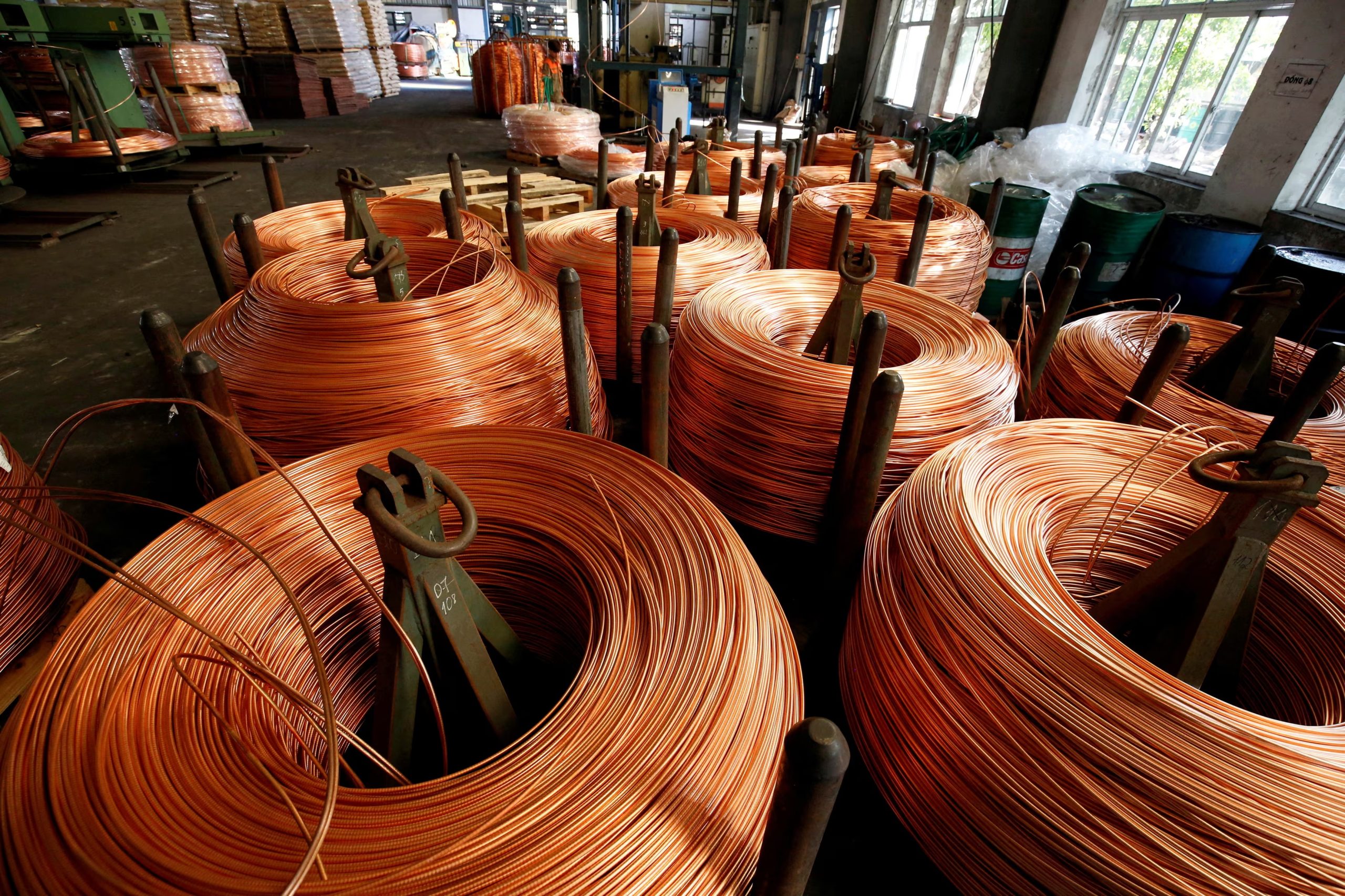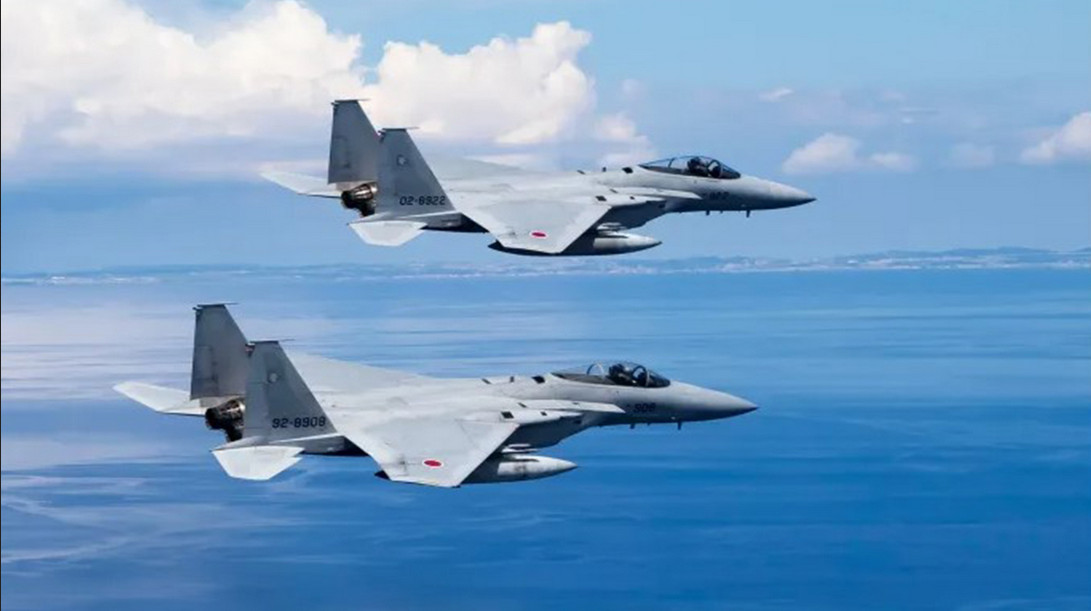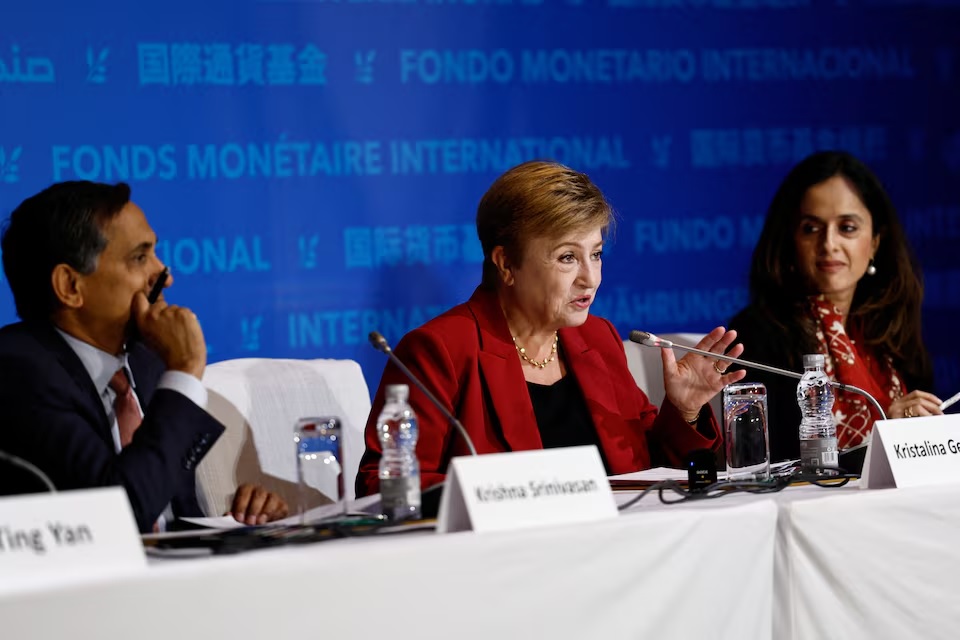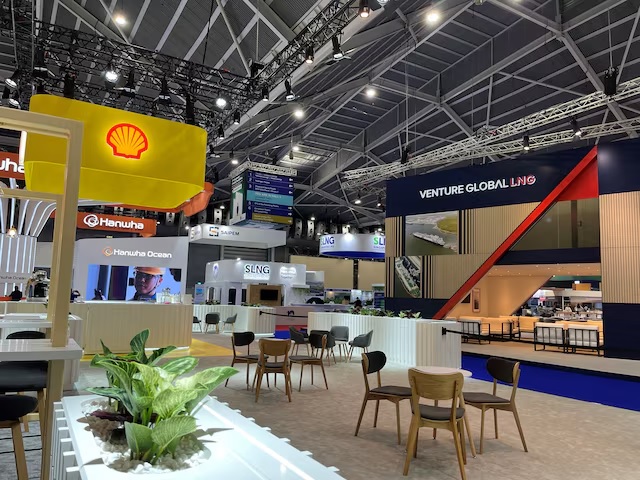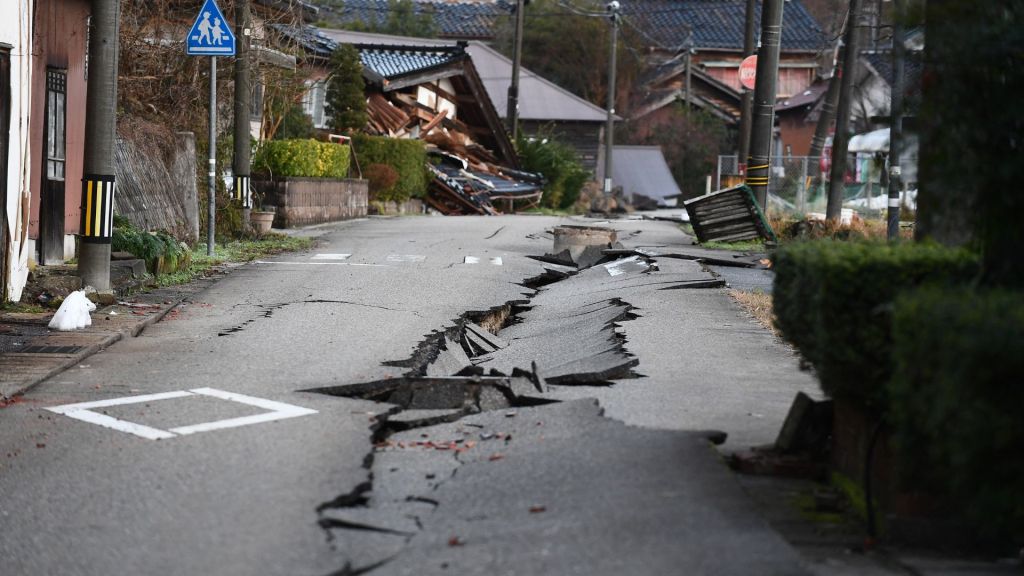COPPER’S NEW GRAVITY: U.S. AND INDIA PULL DEMAND AS CHINA SLOWS

Decoupling dynamics in a $10,000 metal
Global copper trade is shifting. China remains the biggest consumer, but analysts now see the United States and India rising as key demand drivers over the next decade. Policy-led grid upgrades, electric-vehicle charging corridors, and factory re-shoring in the U.S. are lifting long-dated orders for wire, transformers, and switchgear. India’s electrification push—from rail to rooftop solar—adds steady volume. Prices near $10,000 a tonne make substitution tempting, yet copper’s conductivity and reliability keep it embedded in power infrastructure. Traders describe a “multi-hub” market replacing the Beijing-centric cycle of the 2010s.
Producers are recalibrating portfolios: Latin American miners weigh capex against water constraints and permitting timelines; African projects court offtake from Indian state buyers, not just Chinese smelters. Scrap flows tighten as richer economies hoard used cable and motors for domestic recycling. If U.S. industrial policy stays generous and India’s grid build-out holds pace, hedging patterns could tilt toward New York and Mumbai benchmarks. Risks abound—U.S. fiscal politics, Indian distribution losses, and any abrupt Chinese stimulus that roils supply-demand math—but the direction of travel is clear: more diversified demand, more complex pricing.
What it means for energy transition timelines
Copper is the transition’s bellwether. Every gigawatt of renewables, every kilometer of HV line, needs it. A broader base of buyers could smooth cycles and reduce single-country shocks, but also complicate logistics and financing. OEMs face higher working-capital needs as lead times lengthen. Utilities are exploring alloy mixes and design tweaks to stretch copper without sacrificing performance. For miners, ESG pressure and local water stress demand new processing tech and community compacts. For policymakers, the lesson is unglamorous: streamline permits, back recycling, and publish predictable interconnection queues. Without that, copper will be the bottleneck no one wants to admit.


